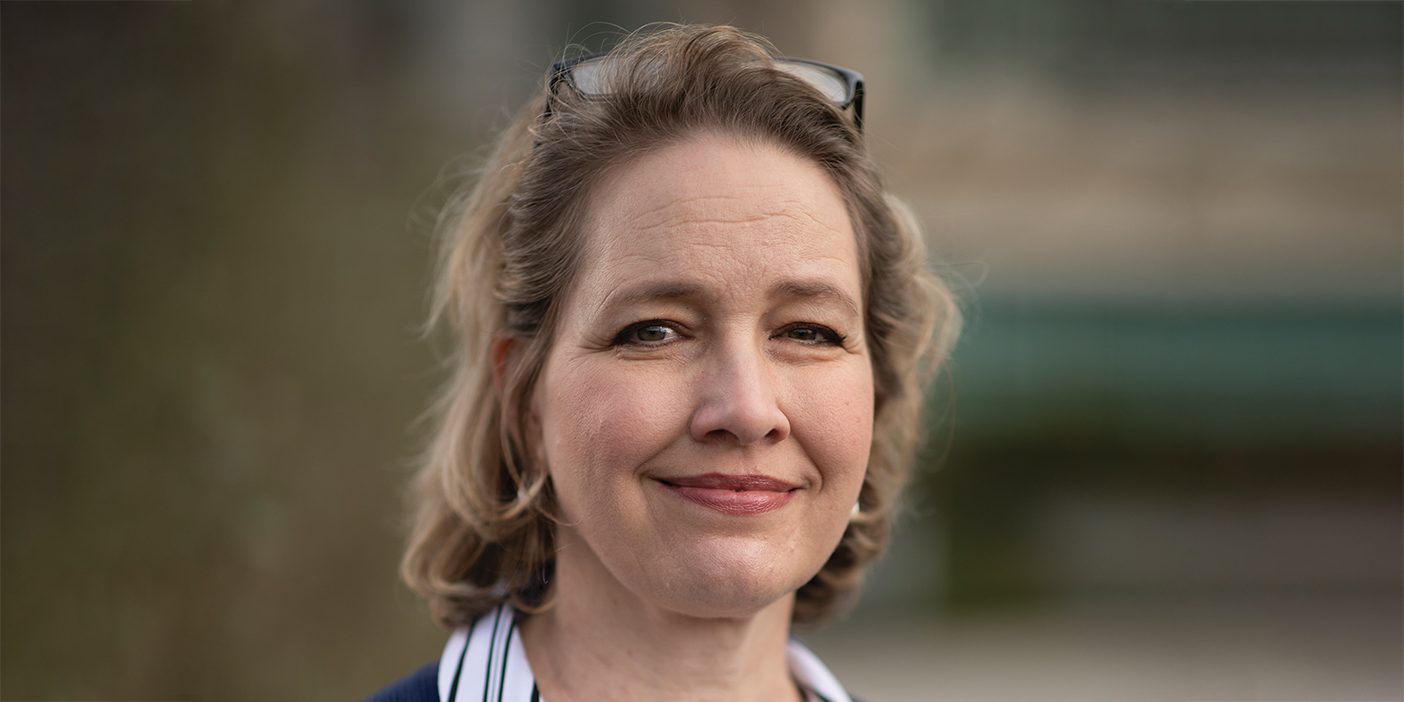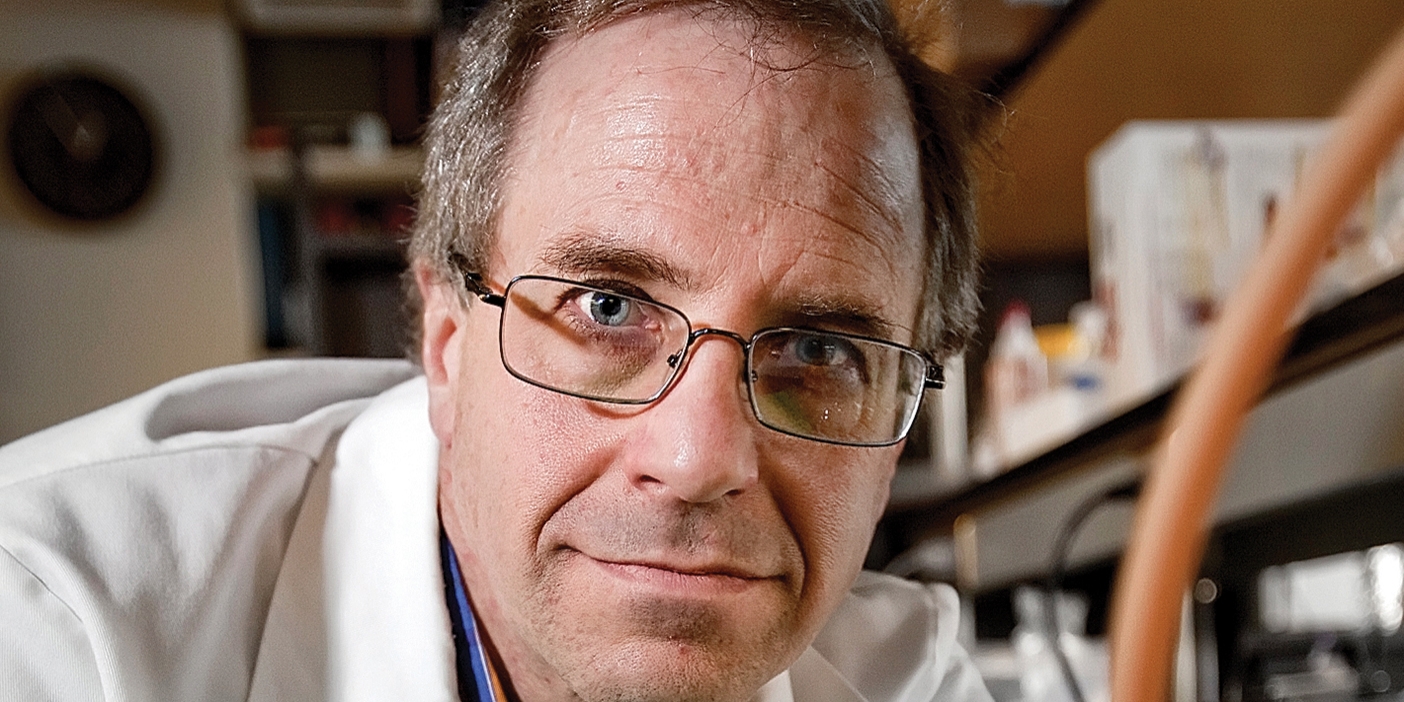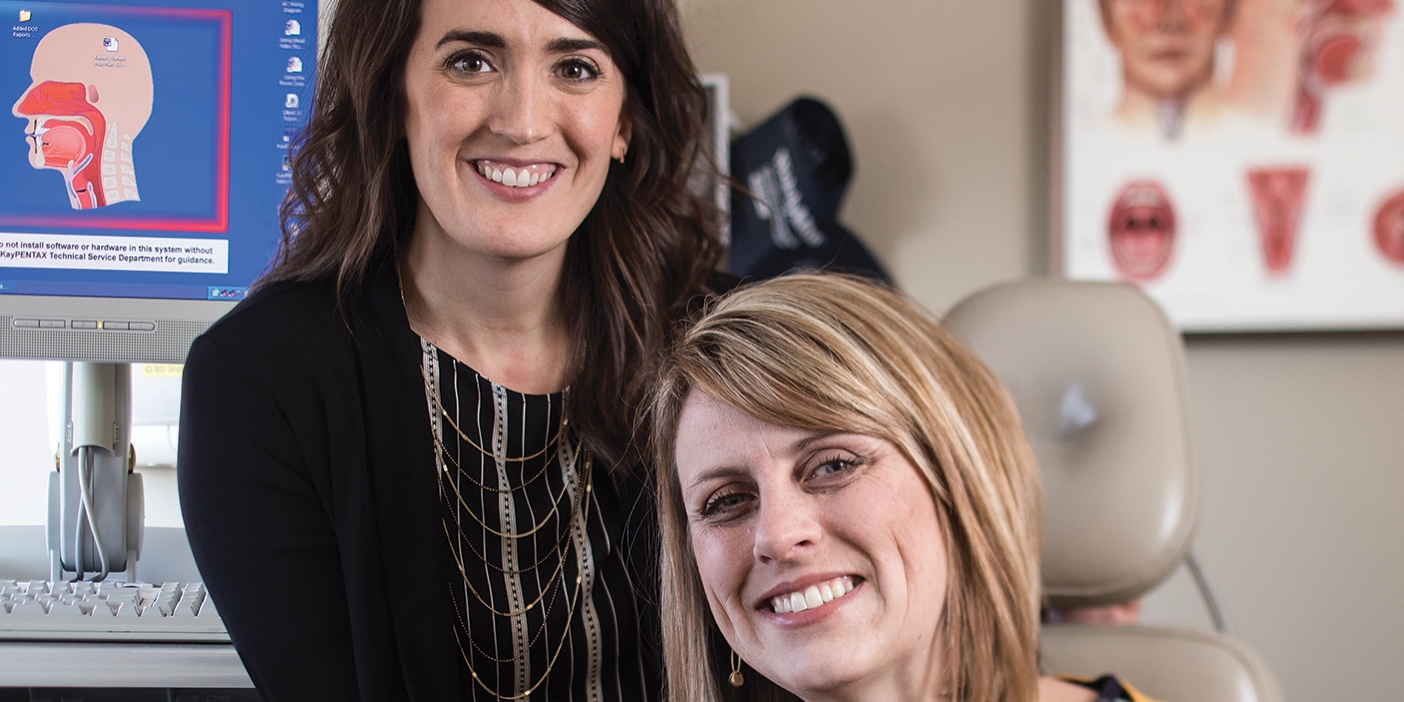
Before Deborah O. Himes (BS ’91) became a BYU professor of nursing, she worked as a nurse practitioner and often had to break the news: a breast-cancer diagnosis.
Then came the pivot point in her career: the year 1996 brought the very first genetic tests for BRCA gene mutations, which can portend breast cancer. A patient of hers had the test done. The positive results led her to screening, detection, and an elective double mastectomy that saved her life: post-removal, cancer was found in both breasts.
Himes saw that this genetic knowledge was power—not only for her patient, but for her patient’s family—and she has since dedicated her career researching and advocating for cancer screening. “We know from the research that people do a bad job of estimating their risk,” says Himes. Her work at BYU is helping clinicians improve screening—a paper of hers explaining one of the best risk calculators has been viewed more than 50,000 times. And her work is showing how family communication can save lives.
“People do a bad job of estimating their risk. ” —Deborah Himes
Take the patient from 1996: some of her family members wanted to know and be tested; others did not, including a brother who later developed cancer and died. Himes respects the importance of autonomy. “But people might not understand what they could do with that knowledge,” she says.
Himes, who completed a nursing PhD with an emphasis in genetics after arriving at BYU, says the general public is unaware of many findings: for one, many different types of cancer in your family can put you at a higher risk for breast cancer. And the list of types of gene mutations associated with cancer continues to grow. Further, says Himes, “one size does not fit all for breast-cancer screening.” Most women know that an annual mammogram is recommended from age 40 on; many don’t know that women who have more than a 20 percent lifetime risk of breast cancer should also be offered annual MRIs. “My research has to do with whom to flag, whom to send on for these screenings.”
There are several statistical risk calculators out there, but the most prevalent model used in primary practice, says Himes, doesn’t accurately determine who should qualify for those MRIs.
Her 50,000-view article, “Breast Cancer Risk Assessment: Calculating Lifetime Risk Using the Tyrer-Cuzick Model,” unpacks one of the best tools. That’s a lot of views for an academic paper; most are usually only seen by reviewers and niche researchers.
Her latest research examines what clinicians told patients, what patients told family, and what family heard. Turns out it’s a giant game of telephone, where the message can be missed, garbled, or minimized. But there’s hope: one study showed that when breast-cancer patients shared a high amount of info with their families, the accuracy of their families’ risk perception doubled. “But only 20 percent [of patients] shared!” says Himes. It adds up to missed opportunities for screening, prevention, and intervention.
Himes knows we can do better. “We’ll get better,” she says. “I’m excited for the day that we find the cure for cancer, but when we do, we’re still going to need to get people in for treatment and telling their families.”












